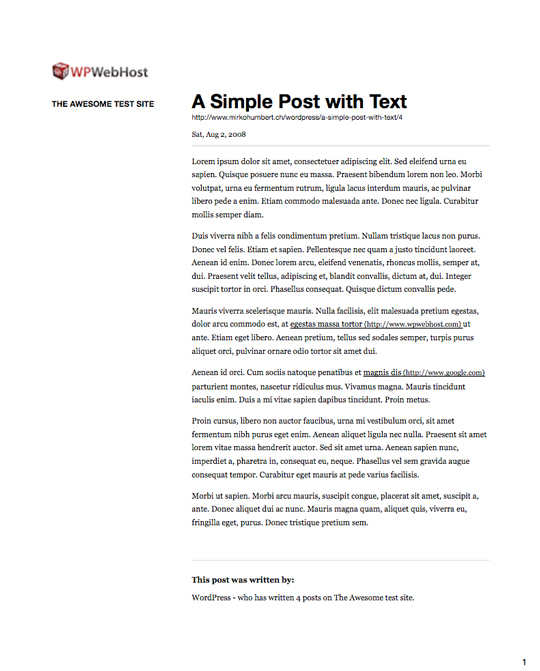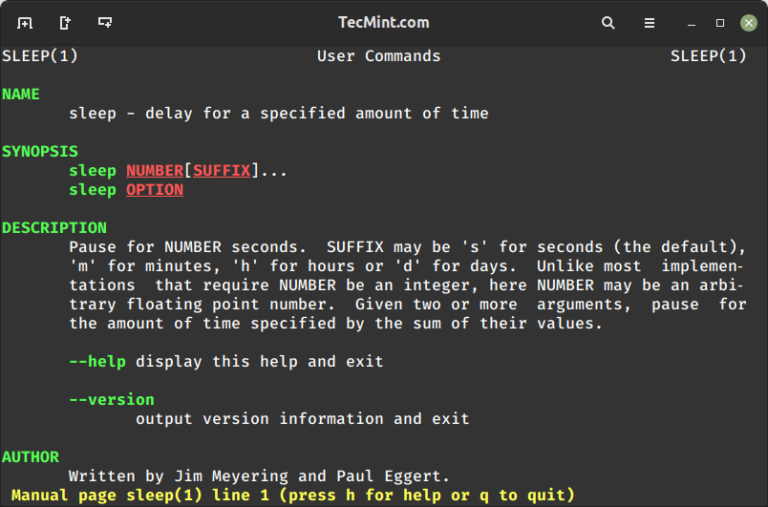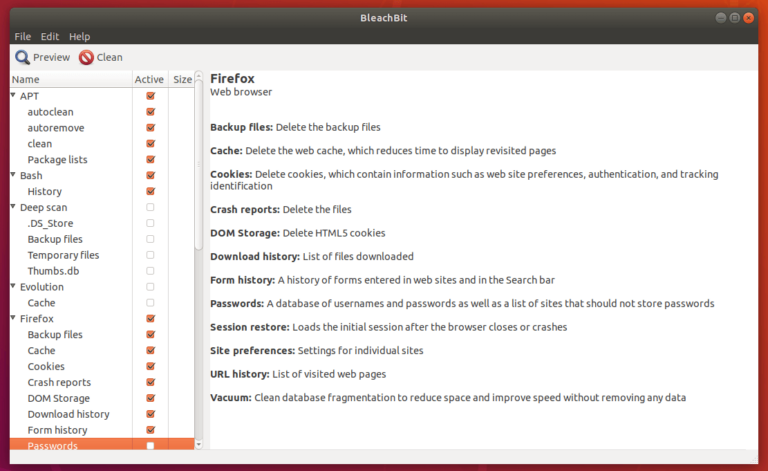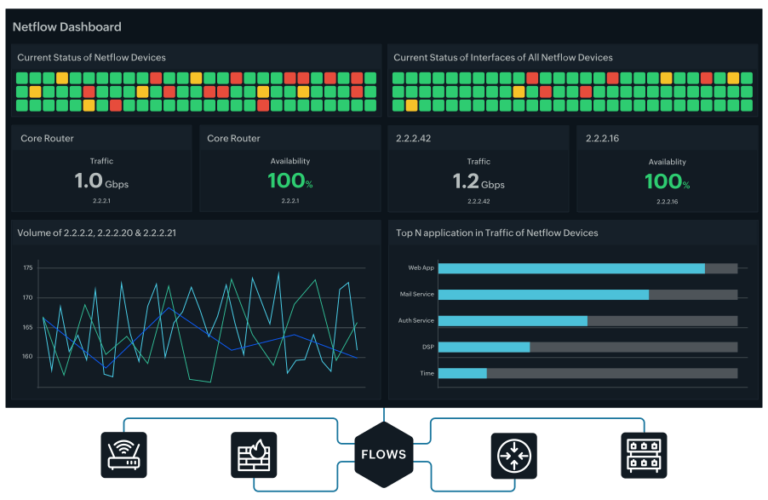
In today’s Internet, mobile-friendliness is a necessity. Why? As of 2015, it’s become more likely for someone to visit your site on a mobile device than on a desktop, according to Statista. In fact, the same resource puts expected mobile use at 63.4 percent by 2019.
What this means is, with so many of today’s web visitors using smartphones or other on-the-go devices, it’s more important than ever to make your WordPress site mobile-friendly. If you don’t, you risk losing readers who can’t find what they need — not to mention search rankings as Google sees you’re not prioritizing the user experience.
So, ask yourself: Is your site prepared? What happens to your URL when it’s opened on smartphones or tablets, for example? What kind of viewing experience are you offering mobile visitors?
If you haven’t already optimized your WordPress site for mobile viewing, the good news is there are plenty of user-friendly ways to do it. Take a few simple steps and you can be ready for whatever smartphone or tablet accesses your URL.
With that in mind, here are some strategies you can use to make your website mobile-ready!
- Choose a responsive WordPress theme. Nowadays, most new WordPress themes are designed with mobile in mind. They’re what’s called responsive — made to recognize a viewing device and adjust displays accordingly. Choose one of these themes and you’re already on the right track for mobile viewing.
- Keep the theme updated. Whether you’re working with an older, newer or custom theme, always use the latest WordPress version and enable theme updates. Some updates will improve the mobile experience and/or be designed to address issues that have developed.
- Make the font large enough to read. On smaller mobile screens, visitors will have a hard time reading small fonts — and be quicker to click away. Choose font sizes that appear big enough on mobile devices to allow for easy reading.
- Choose responsive plugins. Second to your theme, plugins can also be a major part of your website’s design. Maybe you’re using widgets in the sidebar or CTA buttons on landing pages through plugins you’ve installed. If so, make sure each plugin is also responsive. How can you tell? View your site on a mobile device and see if the plugin’s look scales down or otherwise adjusts. If not, you may want to look for a better option.
- Avoid pop-ups. While opt-in forms for email newsletters are generally OK, using large ads or other pop-ups is a no-no in your site’s mobile experience. Because Google views such pop-ups as damaging to the user’s viewing experience, it may penalize your search rankings according, according to its blog.
- Optimize images. If you’re using the latest version of WordPress, it already serves up the smallest image sizes on mobile devices, according to org. This is a great first step toward image optimization, but it’s not all you need to do. Even before you upload new images to your site, for example, you need to take special care to optimize. In Photoshop, use the Save for web button to create small image sizes. There are also resources online such as TinyPNG or plugins such as WP Smush that can help.
The next step, after you’ve implemented the mobile features above, is to test your site. You can pull up your URL on your mobile devices to see how it displays to visitors, or you can use Google’s free mobile-friendliness tester. Simply go to its tester, enter your URL and view the results. If your site is properly optimized, you’ll get a message saying, “Page is mobile friendly,” at which point you are good to go!





